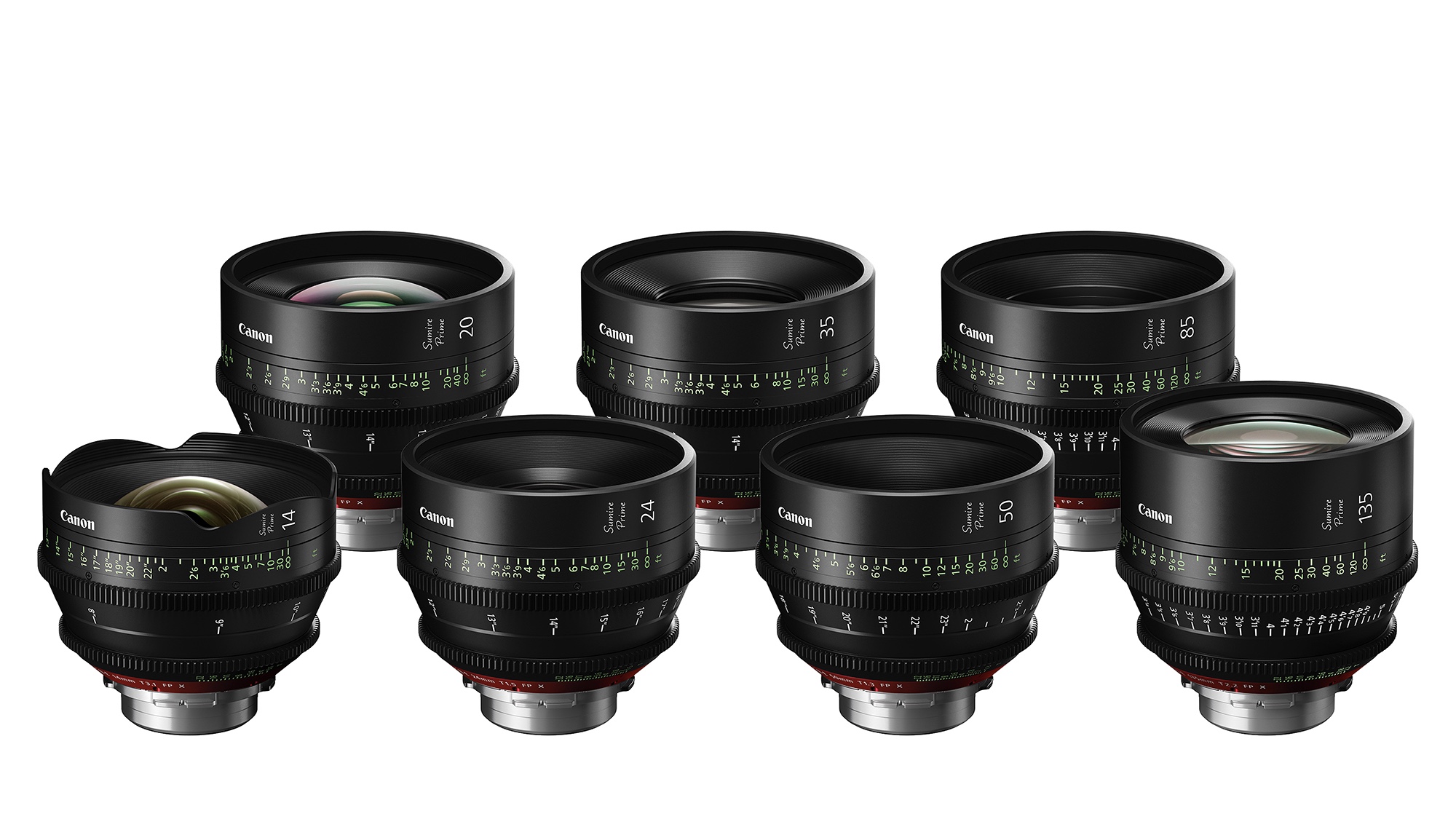Take a stroll around NAB today and shooters and DPs will see perfection at every turn, from new series lenses from Leitz, Sigma, and Fujinon to a nifty zero-latency wireless system from Teradek to Atomos’ impressive Shogun 7 HDR recorder/monitor. There’s a lot of perfection out there for shooters of every stripe, so why am I not thrilled or even a wee bit smiling this morning? Sure, the press room is depressing — with the déclassé crowd and nary a feel-good wall hanging to be seen — but that’s not it. For me, the problem for me is more fundamental: With the advent of super cameras like the new Sharp 8K, with its faultless sensor and ultra-high resolution, it is getting tougher, a lot tougher, for DPs to produce less than optimal images. For shooters, especially young shooters seeking to establish their brand or create a signature look, today’s more perfect cameras and lenses present a serious, smile-suppressing challenge.
Considering the 4K/higher resolution mandate from Netflix, Amazon, and other OTTers, the distinctive personality of one’s optics becomes, for all intents and purposes, the single differentiating point separating one DP from another. Truth is, these days we are capturing images that are cleaner, with more picture detail, than ever — which we presumably want — while at the same time capturing crisper, more obvious lens defects — which we may or may not want.
Therein lies the shooter’s quandary, and the heightened demand for vintage glass that can offer some reprieve from the ravages of too-perfect images. A nice set of 40-year-old Canon K35 lenses (with plenty of flare) introduced in 1976 at a price of $40,000 may well fetch upwards of $250,000 today, a tidy sum that places these antique much-less-than-perfect optics in the realm of some of the world’s most perfect glass.
In this context, Canon’s new Sumire lenses are a welcome sight as shooters seek more imperfect images that help tell our stories best. The new lenses in PL-mount offer a distinctive character and personality at full aperture out to T4, then revert to a more conventional look and bokeh when stopped down further. Since much of our work in close ups is at T2.8, the Sumire series offers shooters a way to create a unique look or blend an actress’ makeup, which, as we move into 8K, is becoming increasingly more difficult.

From a mechanical standpoint the Sumire line is not much different from the CN-E series, employing the same filter size, mechanics, and most optical elements.
Of course the skeptics among us may look at the new line as simply rehoused CN-E lenses that have been detuned, albeit at a higher price. Go ahead. Be that way. We have always sought ways to add personality — uh, I mean imperfection — to our images by employing filters and nets. For shooters who have long sought imperfect images, Canon’s new Sumire line is a move in the right direction.
Did you enjoy this article? Sign up to receive the StudioDaily Fix eletter containing the latest stories, including news, videos, interviews, reviews and more.









